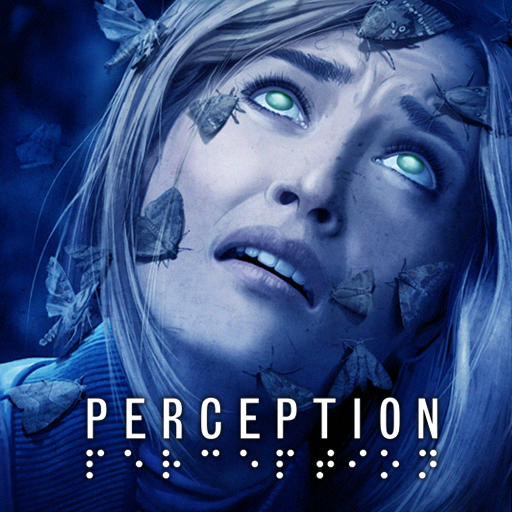Perception is a first-person survival horror adventure video game developed by The Deep End Games and published by Feardemic. It was released for Microsoft Windows on May 30, 2017, followed by the PlayStation 4 and Xbox One versions on June 6, and by the Nintendo Switch version on October 31
Perception isn’t a new game (it was released in 2017) but anyone who has read a review or two of mine will know that I like to highlight games with truly unique gameplay elements. Perception attempts to be very unique, and I don’t know of any game ever made that tries to approach an action adventure game in the same way.
So what’s so special about this game? The main character in Perception is blind.

Video games are first and foremost a visual media. So the thought of developing a game where the player can’t see seems like a terrific challenge. I was immediately intrigued by the mere attempt at this kind of game, and I must say that after experiencing the implementation of the concept, the developers have created an experience that effectively plumbs the first few fathoms, if not the deepest depths, of what it would be like to be scared, alone, and always in the dark.
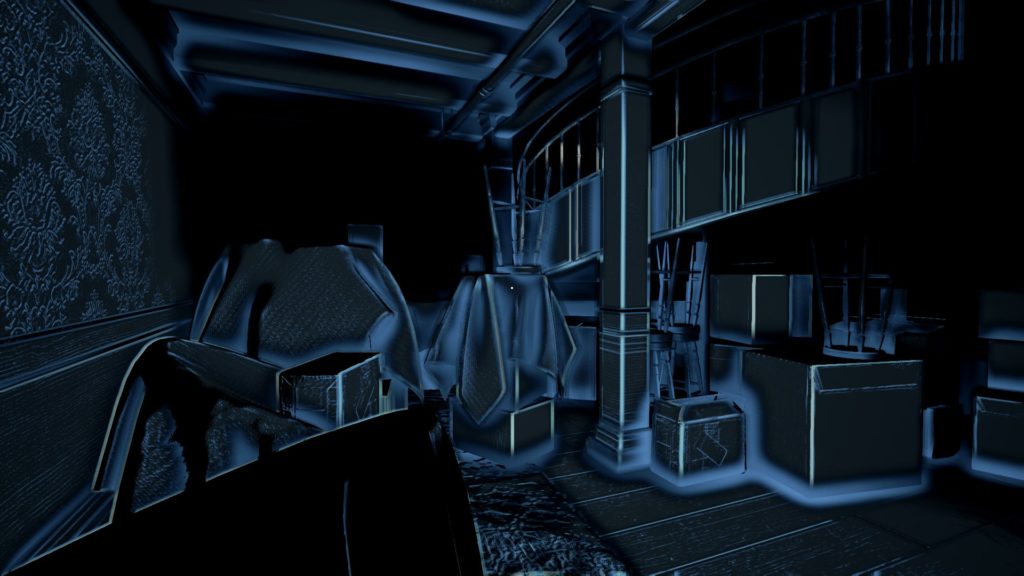
You play as Cassie, a young woman who has been blind since birth. She has been having unsettling dreams that seem to be connected to an old house that she determines must be visited in order to gain closure and understanding of hr nightmares. As a strong independent person (this theme is echoed throughout the game in dialog) Cassie feels she must do this alone. She has her phone, with various apps that help her “read” documents and get a description of photos, and she has her cane, which is her means of navigation through the house.
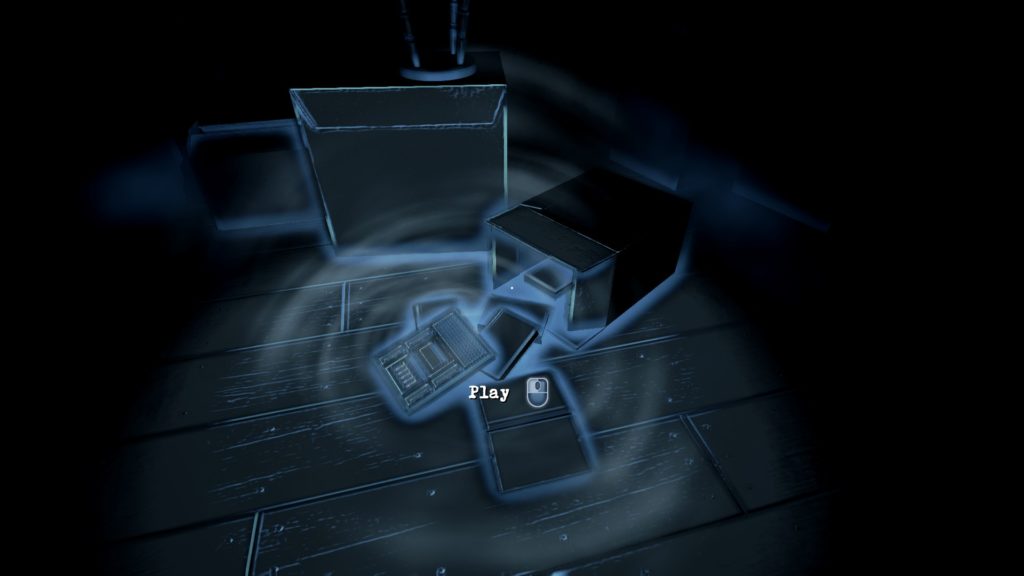
There’s not a lot of back story here, but once you walk up the steps and open the front door, the story effectively propels you forward with gradual releases of the house and it’s past history. The game is separated into 4 “chapters” where 4 distinct periods in the house’s history are revealed to Cassie through interaction with objects in the structure’s creepy rooms and labyrinthine halls.

So how do you navigate through a dark and maze-like structure, up and down stairs, from one building to another, without being able to see? How do you find and pick up objects in order to interact with them? The answer is in the extremely clever if not oversimplified mechanic of “seeing” sound.
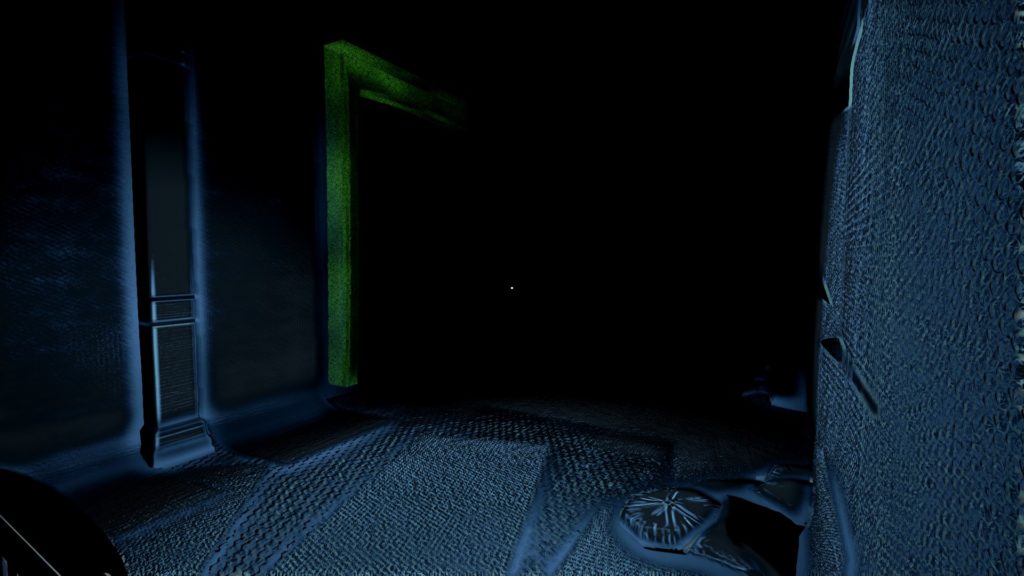
It’s basically echo-location, where each sound in the environment reveals the structure in close proximity to the sound.
It works like this: Stand completely still and you are in total darkness, except for objects nearby that are emanating sound. Your footsteps will reveal short distances, while using your cane, you can tap objects to reveal the area directly around you, which slowly fades back to darkness and requires another tap to reveal.

In addition to tapping, environmental sounds can also make Cassie’s surroundings visible. Dripping water faucets radiate visibility, as well as tape recorders, humming electronics and hissing steam pipes.
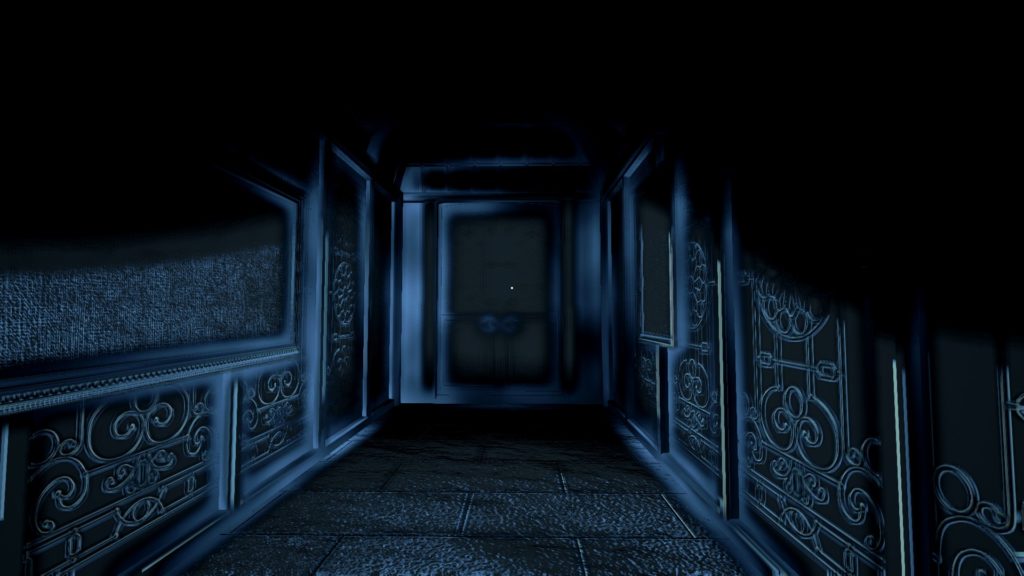
But here is the terrifying catch: you are not alone in this house.
A “presence” is stalking you, and it locates you – by the sound you make.
So on first thought, you can just tap around everywhere and see the environment pretty clearly, but after a lot of noisemaking, the presence will get closer, and Cassie will need to hide or stand very still to allow for a “Sound cooldown.” You can tell when the coast is clear by the color of the items you can see in the house: blue is safe, yellow means you have been a bit too noisy and should walk or tap only on carpet for a while, and red means you should find a hiding place immediately!
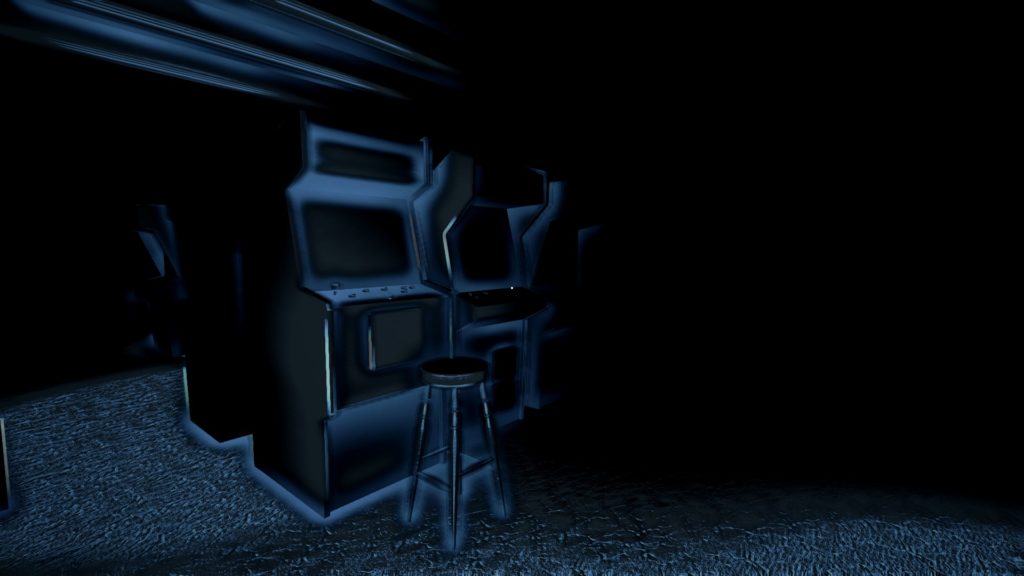
The game uses the environment against you at times as well. You need to remain quiet so the presence won’t grab you, but some rooms are covered, floor to ceiling, with bubble wrap! Better walk slowly! Other areas contain tape recorders which reveal important parts of the story, but turning them on makes unwanted noise. So I found myself adopting a “resource management” view of the noise I was allowed to make before the boogie man grabbed me from behind.
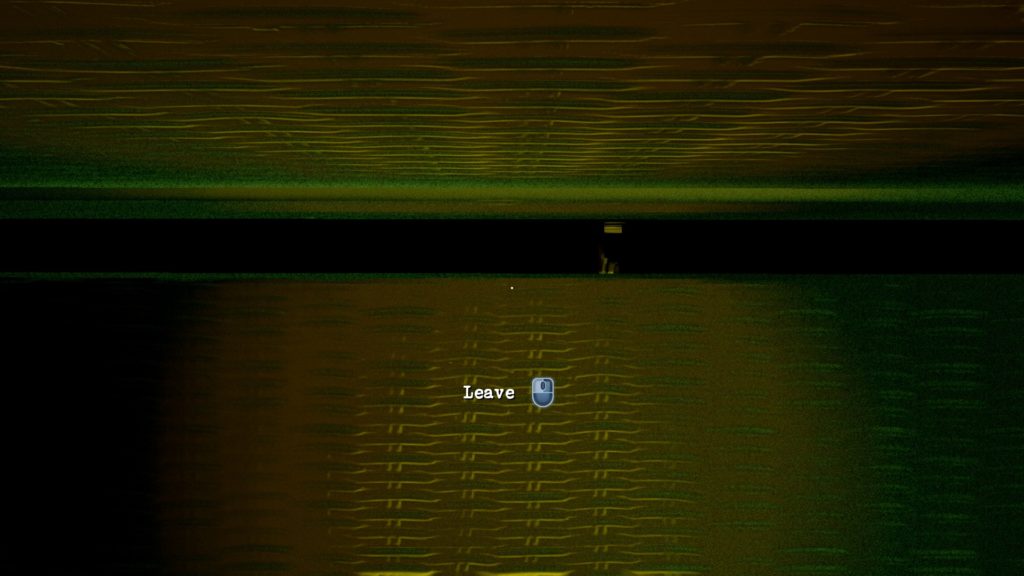
This makes for a very interesting experience. You have to make noise to see, but too much noise will make you visible to the entity tracking you through the house. Luckily there are a couple of elements to help you get around and keep the game from becoming too difficult. Certain areas, like doorways, are always visible once they are discovered. So you can choose to walk in complete darkness toward a visible doorway, although you risk missing important story elements along the way.

Second, you have the ability to “focus” Cassie’s attention on the next objective, puzzle or story element. Pressing control on the keyboard will turn Cassie in the direction she needs to head and highlight the object of her search. This helps the game stay on track without making it too easy to move from story element to story element.
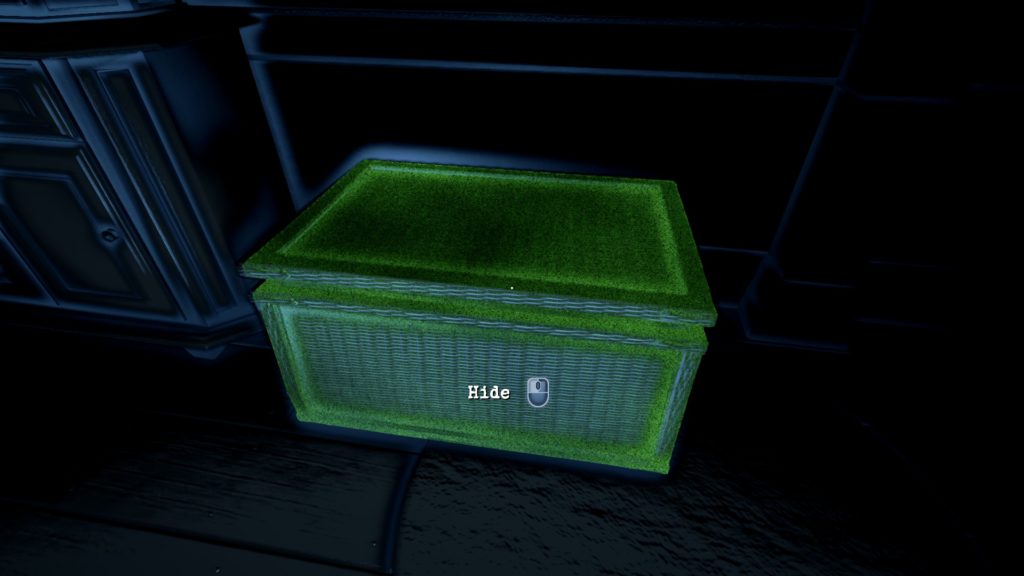
And Perception is a SCARY game! I had at least 5 jump scares in the first 2 hours of gameplay. For me, it created a very tense environment between the unseen elements, the presence whispering close by, and the excellent ambient noise. The perfect breeding ground for a stress-induced jump-scare moment!

What would make the game better? As a lover of narrative story-based gameplay, for me I would have loved more introduction and a bit more cohesion in the house histories revealed to Cassie and her place in them. Also, the constant tapping can get annoying until you realize that you really need to dole out the taps sparingly if you want to survive to the end of the chapter.
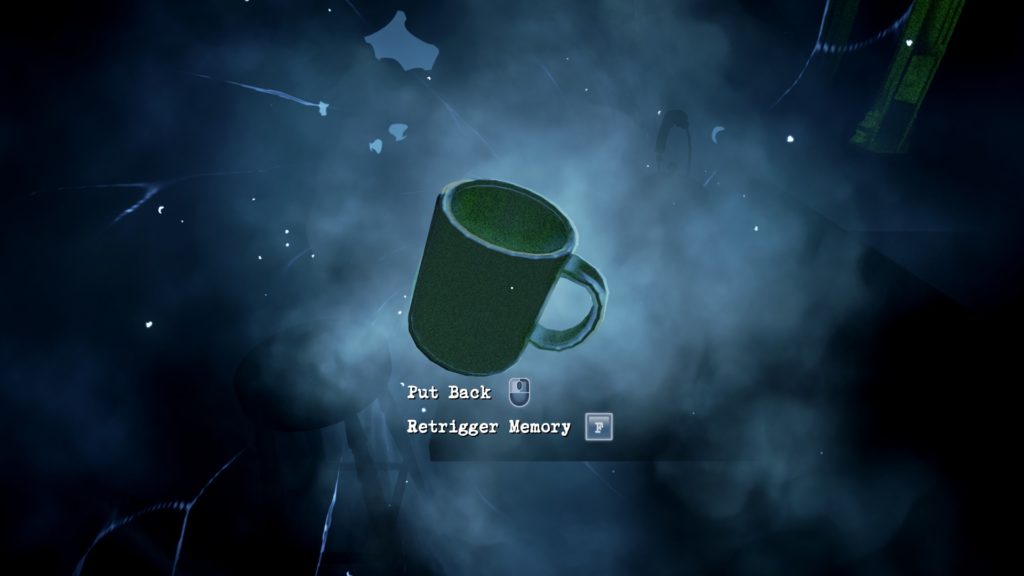
Perception is also a fairly short experience, with a playthrough taking from 4 to 6 hours. But for the price (currently $19.99 on steam) it is worth it if you enjoy spooky storytelling like Gone Home, Tacoma, or What Remains of Edith Finch.

So how does Perception rate?
Overall I greatly respect The Deep End Games’ team for trying something I have never seen done in a game. And I really believe that after spending a few hours in darkness, using your other virtual senses to “see” what is going on around you helps the player truly gain a sense of what a sightless person experiences. We may only experience a tiny fraction of their challenge, but anything that helps us gain a better understanding of each other as humans is well worth the dive!
-DMikeyL
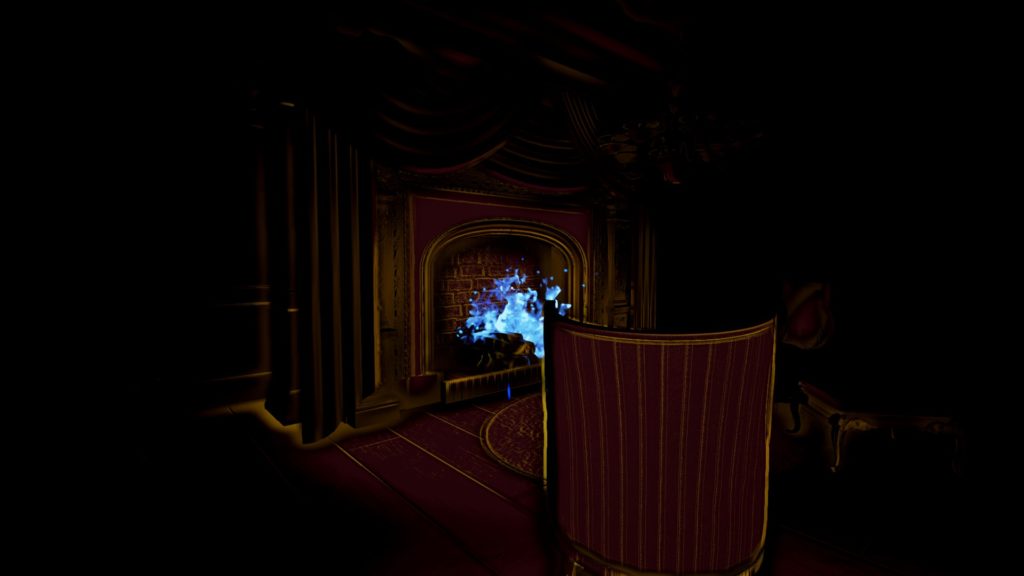
The Verdict:
The Game Factor: Is it fun? 7/10
The Look Factor: Are the graphics well-implemented? 7/10
The “Jump-In” Factor: Is the game easy to learn/hard to master? 7/10
The Verdict: 7/10 – Buy this game! You’ll enjoy it and probably play it more than once.
Want to better understand how we rate games? Review OUR RATING SYSTEM
Find us on Facebook: @atechgames
Come play with us as we raise money for vets at GAMERS FOR VETS and for kids at GAMERS FOR KIDS
Check out our live gaming stream: ATECHLIVE.COM
As always, we welcome your questions and comments. Feel free to contact us: HERE
